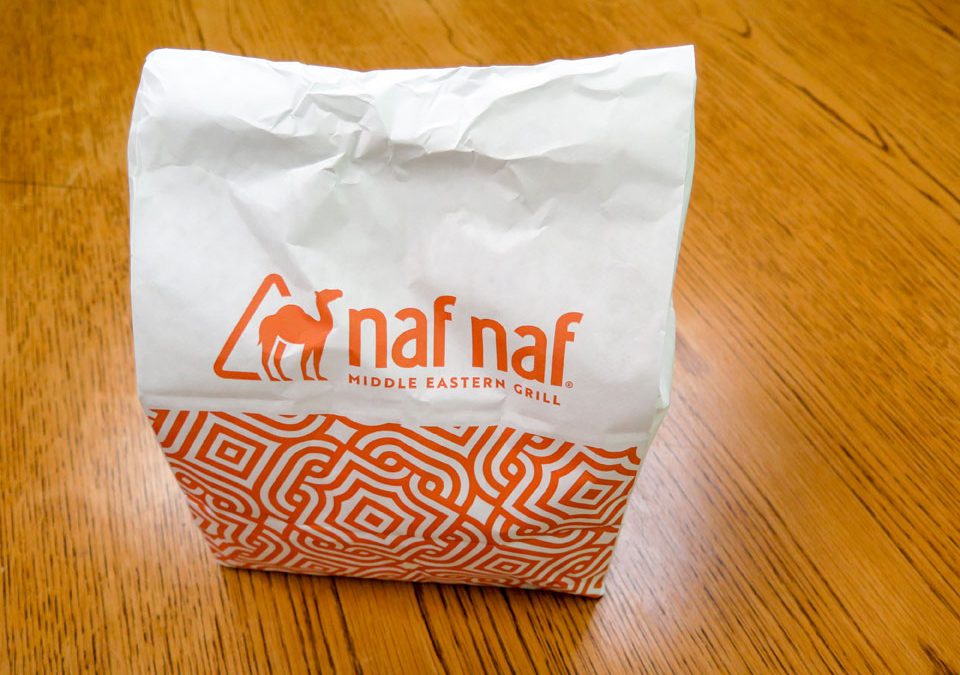The fast-growing Middle Eastern concept Naf Naf Grill has been putting a lot of work into its delivery infrastructure and is now open for business.
The 39-location restaurant chain with a heavy concentration in and around Chicago, Minneapolis and Philadelphia has been preparing to launch delivery for some time.
“Back in January, we launched our online ordering platform. Shortly after we launched our mobile app called Naf Perks with the strategy of launching delivery through there,” said Naf Naf Grill CEO Paul Damico. “So these have been very strategic decisions.”
There have been some other operational changes to prepare for delivery as well.
“We’re trying to make it as frictionless as possible,” said Damico.
To keep traditional in-restaurant diners from being affected by any surge in delivery, the company added a second make line to every location.
And on top of that costly addition, the company added dedicated online ordering racks for to-go orders and third-party delivery drivers. The latter being Naf Naf’s newest customer base.
“This new customer now is the driver; we want to make it frictionless for them as well because we’re entrusting our brand to them so we don’t want to have any slowdown,” said Damico.
Delivery drivers simply walk in, find the right order and walk out. No talking necessary. The honor system has worked in test markets, Damico said, and no one has picked up the wrong order yet.
As for the crispy-fry challenge, the company is taking great care to keep its “super high-quality fries” in the best condition possible. Instead of packaging it with the order and setting it on the island to get soggy, delivery drivers will find an empty cup in front of the delivery bag to signal drivers that they’ll need to get some fresh fries for the order at the counter. That means fries will only be sitting for the duration of the drive. (In a very sophisticated delivery test at the Food On Demand office, the fries were deemed “yummy.”)
All the operational changes also empower the brand’s growing catering program that can accommodate 10 to 100 diners. Currently, catering accounts for about 5% of sales, but Damico said it’s growing 1% a quarter. DoorDash, which recently launched catering service earlier this year, does the delivery and onsite setup as well.
Damico said all the work around delivery is the company betting big on the future of food on demand that is just getting started.
“If you believe what you read, everyone is saying it will be 50 percent of sales. So everybody is thinking about smaller boxes fewer seats, we’re doing that as well, but I think at this time next year 10 to 12% of sales will be delivery in urban markets,” said Damico, with catering growing as well.
The company is kicking off delivery via DoorDash with a free delivery offer for customers through September 19, 2018. Damico said they would be launching with Grubhub in the near future as well.


